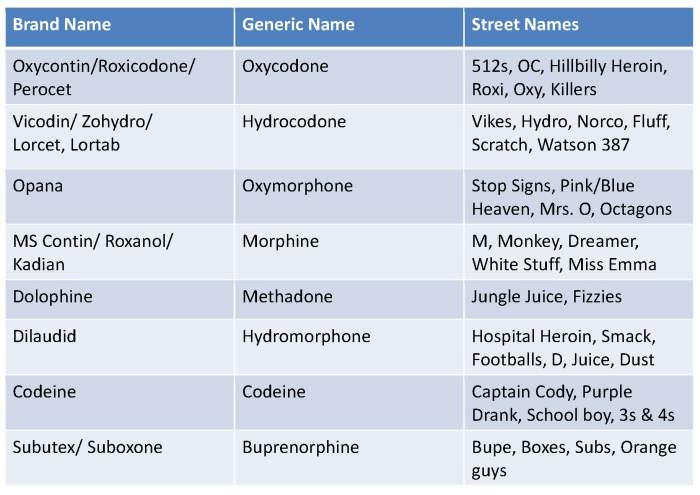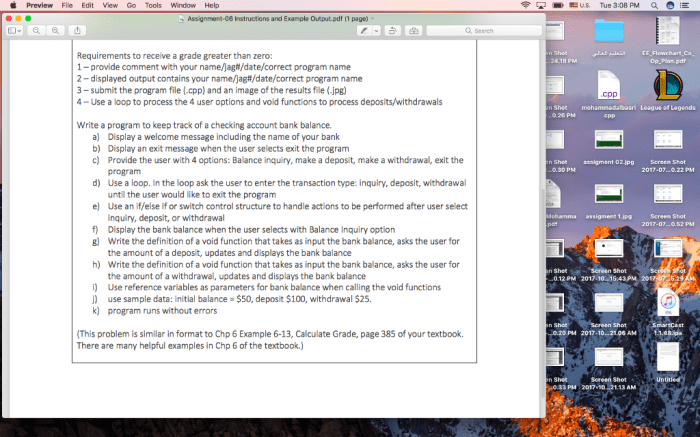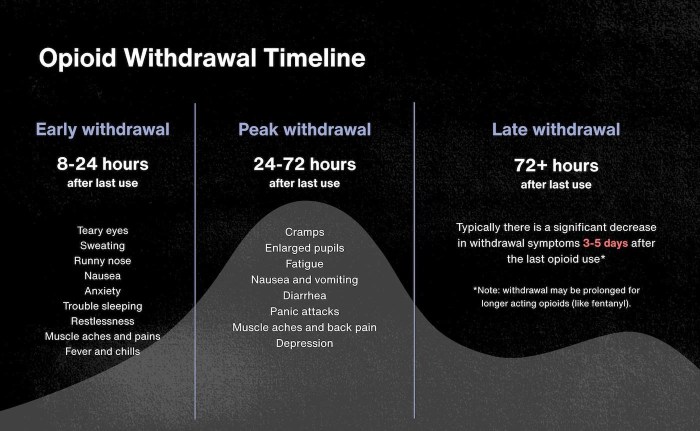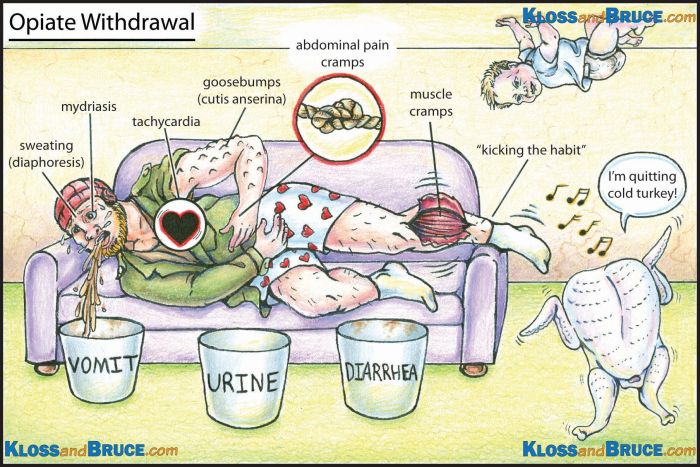The textbook says that opioid withdrawal is similar to influenza, alcohol withdrawal, and benzodiazepine withdrawal. This comparison highlights the severity and multifaceted nature of opioid withdrawal symptoms, which can range from physical discomfort to psychological distress.
Opioid withdrawal occurs when an individual abruptly stops or reduces their intake of opioid drugs, such as heroin, morphine, or oxycodone. The symptoms of withdrawal can vary depending on the individual’s history of opioid use, the type of opioid used, and the duration of use.
However, some common symptoms include muscle aches, nausea, vomiting, diarrhea, anxiety, and insomnia.
Opioid Withdrawal Symptoms: The Textbook Says That Opioid Withdrawal Is Similar To

Opioid withdrawal symptoms occur when a person who has been taking opioids stops or reduces their use. These symptoms can range from mild to severe and can last for several days or weeks. The severity and duration of withdrawal symptoms depend on several factors, including the type of opioid used, the length of time it was taken, and the individual’s overall health.
Common opioid withdrawal symptoms include:
- Anxiety
- Insomnia
- Agitation
- Sweating
- Chills
- Muscle aches
- Nausea
- Vomiting
- Diarrhea
- Cravings
Comparison to Other Conditions
Opioid withdrawal symptoms can be similar to those of other conditions, such as:
- Influenza:Both opioid withdrawal and influenza can cause symptoms such as fever, chills, muscle aches, and fatigue.
- Alcohol withdrawal:Both opioid withdrawal and alcohol withdrawal can cause symptoms such as anxiety, insomnia, tremors, and seizures.
- Benzodiazepine withdrawal:Both opioid withdrawal and benzodiazepine withdrawal can cause symptoms such as anxiety, insomnia, seizures, and hallucinations.
Underlying Mechanisms, The textbook says that opioid withdrawal is similar to
Opioid withdrawal symptoms are caused by the body’s reaction to the absence of opioids. When opioids are taken, they bind to receptors in the brain and produce feelings of pleasure and relaxation. When opioids are stopped or reduced, the brain responds by releasing a cascade of neurotransmitters that produce the symptoms of withdrawal.
The neurotransmitters involved in opioid withdrawal include:
- Dopamine:Dopamine is a neurotransmitter that is involved in reward and pleasure. When opioid use is stopped, dopamine levels decrease, which can lead to feelings of depression and anhedonia.
- Norepinephrine:Norepinephrine is a neurotransmitter that is involved in arousal and attention. When opioid use is stopped, norepinephrine levels decrease, which can lead to feelings of fatigue and irritability.
- Serotonin:Serotonin is a neurotransmitter that is involved in mood and sleep. When opioid use is stopped, serotonin levels decrease, which can lead to feelings of anxiety and insomnia.
Management and Treatment
The management and treatment of opioid withdrawal symptoms typically involves a combination of pharmacological and non-pharmacological interventions.
Pharmacological interventions may include:
- Methadone:Methadone is a long-acting opioid that can be used to reduce withdrawal symptoms and cravings.
- Buprenorphine:Buprenorphine is a partial opioid agonist that can be used to reduce withdrawal symptoms and cravings.
- Clonidine:Clonidine is a non-opioid medication that can be used to reduce anxiety and sweating.
- Loperamide:Loperamide is an anti-diarrheal medication that can be used to reduce diarrhea.
Non-pharmacological interventions may include:
- Behavioral therapy:Behavioral therapy can help individuals to develop coping mechanisms for withdrawal symptoms and to prevent relapse.
- Support groups:Support groups can provide individuals with a safe and supportive environment in which to share their experiences and to learn from others.
- Exercise:Exercise can help to reduce stress and improve mood.
- Nutrition:Eating a healthy diet can help to improve overall health and well-being.
Risk Factors and Complications
Several risk factors can contribute to severe opioid withdrawal symptoms, including:
- High dose of opioid use:Individuals who take high doses of opioids are more likely to experience severe withdrawal symptoms.
- Long-term opioid use:Individuals who have been taking opioids for a long period of time are more likely to experience severe withdrawal symptoms.
- Abrupt cessation of opioid use:Individuals who stop taking opioids abruptly are more likely to experience severe withdrawal symptoms.
- Co-occurring medical conditions:Individuals with co-occurring medical conditions, such as mental illness or chronic pain, are more likely to experience severe withdrawal symptoms.
Potential complications of opioid withdrawal include:
- Dehydration:Withdrawal symptoms such as sweating and vomiting can lead to dehydration.
- Electrolyte imbalance:Withdrawal symptoms such as diarrhea and vomiting can lead to electrolyte imbalance.
- Seizures:Withdrawal from opioids can lead to seizures in some individuals.
- Death:In rare cases, opioid withdrawal can be fatal.
Prevention and Education
Opioid withdrawal symptoms can be prevented by avoiding opioid use or by tapering off opioids slowly under the supervision of a doctor.
Education about opioid withdrawal symptoms is essential for preventing and managing this condition. Individuals who are taking opioids should be aware of the potential risks and symptoms of withdrawal and should seek medical help if they experience any of these symptoms.
Quick FAQs
What are the most common symptoms of opioid withdrawal?
Muscle aches, nausea, vomiting, diarrhea, anxiety, and insomnia are among the most common symptoms of opioid withdrawal.
How long do opioid withdrawal symptoms typically last?
Opioid withdrawal symptoms typically peak within 24-72 hours after the last dose of opioids and can persist for several weeks.
What is the most effective treatment for opioid withdrawal?
The most effective treatment for opioid withdrawal involves a combination of pharmacological interventions, such as methadone or buprenorphine, and non-pharmacological interventions, such as counseling and support groups.


